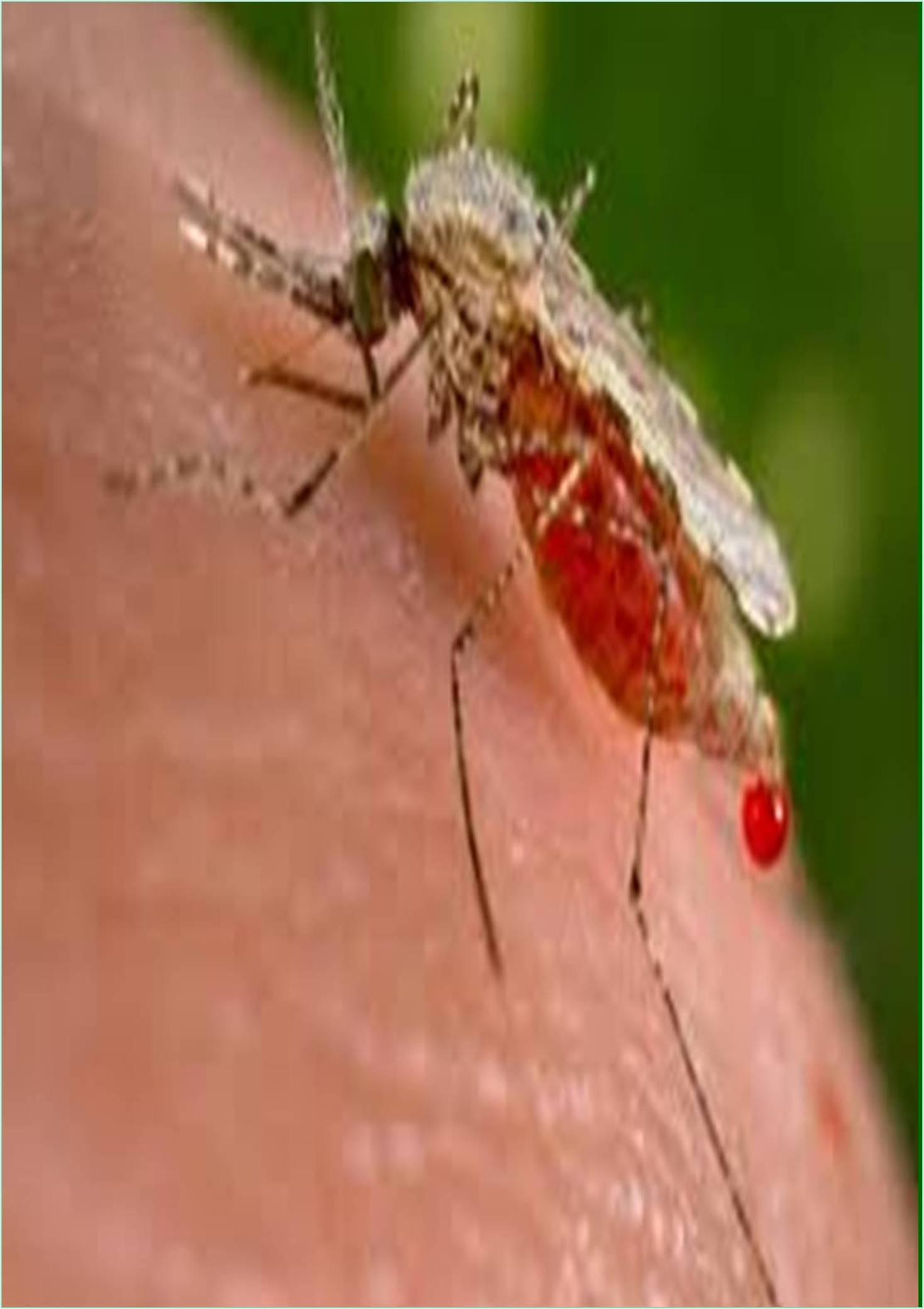



Received: 11-Nov-2022, Manuscript No. IJMAR-22-83628; Editor assigned: 14-Nov-2022, Pre QC No. IJMAR-22-83628 (PQ); Reviewed: 02-Dec-2022, QC No. IJMAR-22-83628; Revised: 12-Dec-2022, Manuscript No. IJMAR-22-83628 (R); Published: 20-Dec-2022, DOI: 10.15651/IJMAR.22.3.012
The diagnosis and treatment of malaria should be routinely taken into consideration for any sick person who has been exposed with malaria in the weeks to months prior to start the symptom. Malaria is a prevalent cause of febrile illness in regions where it is transmitted. Although malaria is endemic across the majority of the tropics, it is most easily spread in sub-Saharan Africa. P. falciparum is the primary cause of nearly all severe illnesses and fatalities related to malaria. Because other severe illnesses can occur with malarial infection, particularly in areas where malaria is widespread, severe malaria, which is significantly less common than uncomplicated sickness, is challenging to describe exactly. Acute malaria with significant organ dysfunctional symptoms or high parasitemia levels is generally considered to be severe malaria.
The doctor will probably examine the patient's medical history and recent travels, perform a physical examination, and prescribe blood tests to identify malaria. Blood testing may reveal:
• To prove that a patient had malaria, the presence of the parasite in the blood was required.
• The symptoms are being caused by a specific type of malaria parasite.
• If a parasite that causes the sickness is drug-resistant
• Whether the illness is resulting in any severe side effects
The key to diagnosis is taking malaria into account based on prior travel experiences. Any patient who has travelled to a region where malaria is endemic within the year prior to the development of symptoms ought to be examined for the condition. For P falciparum, P vivax, and P ovale, the typical incubation period typically ranges between 9 and 18 days for P malaria, it is greater (18-40 days), and for P falciparum, it may be as short as 7 days. However, due to lack of prevention or treatment, an inadequate immune response, or relapses, symptoms may appear weeks or even months after exposure. When a mosquito bites a person, some moderate strains of P vivax, such the North Indian and North Korean strains, can cause delayed primary attacks that happen 12 to 18 months after an infected mosquito bite.
Approximately 90% of malaria infections and deaths, 95% of tuberculosis infections and fatalities, and 75% of those with hepatitis C live in low- and middle-income nations, putting a combined burden upon those countries of 300 million people and causing more than two million fatalities annually. Adherence to daily treatment, which is complicated by stigma, the burden of taking so many pills, and sophisticated delivery systems, is one of the major problems with treating and preventing chronic diseases. This can enhance adherence and completion rates of therapy by substituting chronic oral dose with an injectable substitute that requires administration much less frequently. Uncomplicated malaria therapy should start as soon as possible with the regimen that is most widely available due to the risk of progression to severe disease. The medical specialists should finish the treatment on an outpatient basis after the clinical presentation improves and a reduction in parasite density becomes apparent.
Since severe malaria can rapidly turn fatal, treatment should be started as soon as possible. Regardless of the species that is infecting the patient; intravenous (IV) artesunate should be provided. Clinicians in hospitals without a supply of IV artesunate should think about using an effective oral antimalarial as a medication while immediately procuring IV artesunate from a commercial source. While waiting for IV artesunate, clinicians will need to think of alternative ways to provide oral drugs if the patient is unable to handle them. An anti-emetic may be helpful for individuals who suffer nausea and vomiting before getting an antimalarial, and a nasogastric tube may be an option for patients who are unconscious.